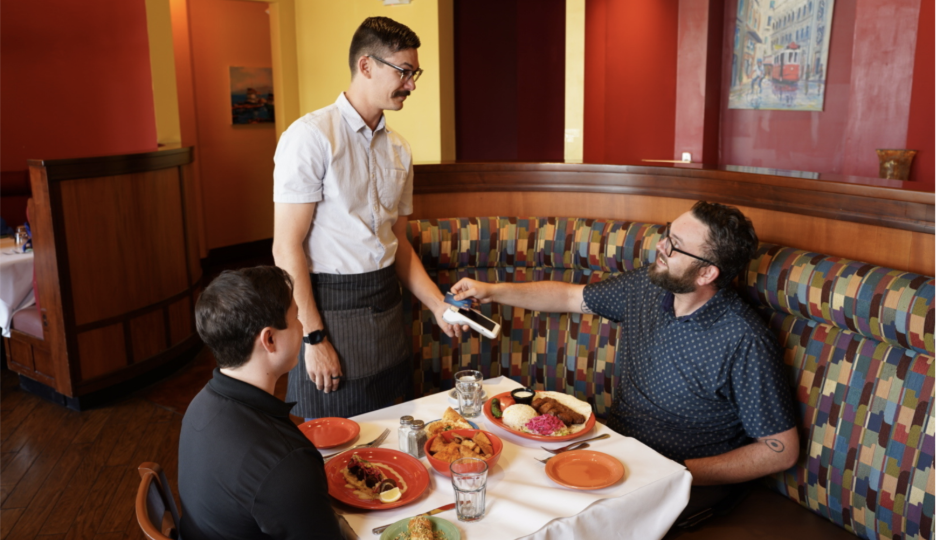


Understanding the Difference Between Void and Comp in Restaurants
In many restaurants, servers and bartenders often use the terms void and comp interchangeably throughout their shifts. While it might seem like a harmless habit, misunderstanding the difference between these two actions can create costly confusion behind the scenes. Knowing when to apply each term correctly is essential for maintaining accurate reports, managing inventory, and protecting your bottom line.
The Truth About Comp and Void
When examining void vs comp, the difference comes down to timing and intent. A void refers to an item that was never made or delivered to the customer. For example, if a guest orders three tacos but later changes it to two before the kitchen starts cooking, that removed item should be recorded as void.
A restaurant comp, on the other hand, is an item that was made, delivered, and intentionally given at no charge. Common examples include a complimentary dessert for a loyal guest’s birthday or a meal provided free of charge to resolve a complaint. In this case, the item still appears on the final ticket, but the charge is zero.
When staff confuse comp vs void, it can cause serious discrepancies in reporting. Voids apply to items that never existed in the first place, while comps apply to items that were prepared and served. Mixing the two can distort your financial data and lead to inaccurate conclusions about food costs and performance.
Why Correct Classification Matters
The difference may seem minor, but the financial impact is significant. Voids and comps directly influence your gross sales, inventory reports, and food cost analysis. If staff members record a delivered meal as a void instead of a comp, your POS system will log it as though the sale never occurred. This makes it appear that food left the shelves without generating any revenue, potentially skewing reports and suggesting inventory loss, waste, or theft.
Accurate reporting is critical to sound decision-making. A reliable POS system that tracks sales, voids, and comps in real time can help managers maintain transparency and spot inconsistencies before they become major issues. Integrating these reports into your restaurant’s central kitchen operations ensures that inventory data and recipe-based food costs align with actual sales activity.
Best Practices for Managing Comps and Voids
To maintain clean and accurate financial records:
- Ensure every staff member understands the difference between voids and comps.
- Use your POS system to track both categories separately for clear reporting.
- Deduct the cost of restaurant comps from the cost of sales whenever possible.
- Remove the retail value of comps from your overall sales totals to prevent inflation of figures.
- Regularly review comp and void reports to identify patterns or misuse.
Final Thoughts
Understanding void vs comp is more than just a technical distinction; it’s a key part of accurate restaurant management. Training your restaurant staff to use each term correctly will help protect your margins, simplify reporting, and ensure your financial data reflects reality.
By correctly managing comps and voids, your restaurant can maintain precise sales and cost relationships, eliminate confusion in accounting, and operate with greater efficiency and integrity.

